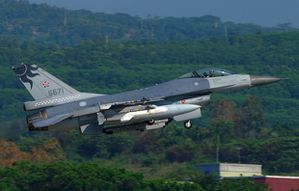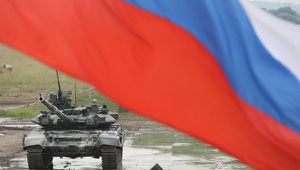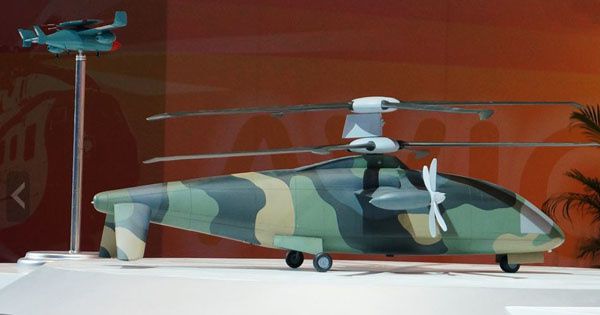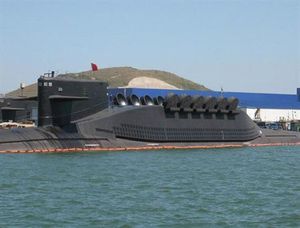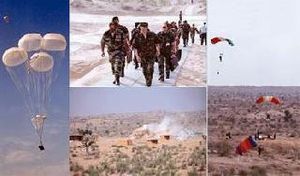November 16, 2012 China Military News
2012-11-16 — China is flexing its muscles as an arms exporter with a growing array of indigenous weaponry, offering something for most budgets in the global arms bazaar and revealing its wider ambitions to strategic rivals and watchful neighbours.
As a new leadership was anointed in Beijing and the world looked on to see what direction it might take over the next decade, military officials from Africa to Southeast Asia were shopping for Chinese weapons in the country’s south.
Change has come fast in China, now the world’s second-largest economy, and with its rise has come a new sense of military assertiveness with a growing budget to develop modern warfare equipment including aircraft carriers and drones.
All the signs point to newly named Communist Party chief Xi Jinping, who is slated to become president next March, continuing China’s aggressive military modernisation.
Now the world’s fourth-largest arms exporter, China laid out its wares this week at an air show in Zhuhai, a palm-lined port between Macau and Hong Kong that becomes a heavily armed industry showcase every other November.
In the 10 years to 2011, China’s foreign military sales have increased 95 percent, according to the Stockholm International Peace Research Institute (SIPRI).
Among dozens of items shown publicly for the first time this week were Chinese attack helicopters, missiles, unmanned aerial vehicles and air defences. As usual, the exhibit halls contained everything from shoulder-fired weapons to cruise missiles.
“China is getting more aggressive in the export market as its own industrial base develops,” said Doug Barrie, senior fellow for Military Aerospace at the London-based International Institute for Strategic Studies.
“It looks at Russia and the U.S. as examples of how you can use the export arena to help develop your own industries.”
Between them, Washington and Moscow account for more than half of the world’s $410 billion in arms sales, but opportunities abound for China as the United States looks to cut its military spending to manage its mounting debt.
Still, U.S. spending dwarfs that of China. In its annual report on the Chinese military, the Pentagon in May estimated Beijing’s total 2012 spending would be between $120 billion and $180 billion. Washington will spend $614 billion on its military this year.
Most of Beijing’s trade is done with small states outside of the European Union, which like the United States, put China under an arms embargo after the crackdown on Tiananmen Square protests in 1989.
Pakistan, Bangladesh, Iran and Myanmar are among China’s biggest clients, with aircraft at the top of their shopping lists, SIPRI data shows.
Beijing does not release official figures for arms sales. Foreign estimates put the figure at about $2 billion in 2011.
STAR OF SHOW: STEALTH FIGHTER
The undisputed star of the show this week was a sleek, quarter-sized model of China’s second stealth fighter, dubbed the J-31 by most Western analysts.
Although officially a concept plane, it bore what industry bible Aviation Week called a “striking resemblance” to a mystery jet that flew briefly at the end of October.
Photographs of the jet leaked, or orchestrated to look like a leak, and emerged on the Internet days before this week’s Communist Party Congress and leadership handover, and confirmed China’s place in a select club of stealth-capable nations.
“China has stood up,” said John Pike, director of Virginia-based GlobalSecurity.org, an expert on industry strategy.
Only the United States has successfully produced more than one stealth jet and the challenges facing China’s less experienced developers are undoubtedly immense.
The unveiling also served as a reminder to its neighbours of China’s growing clout as tensions rise over rival claims for territory in the East China Sea and South China Sea.
“China is doing this as part of a political equation,” said Robert Hewson, editor of IHS Jane’s Air-Launched Weapons. “It has had a rapidly staged coming out but I am surprised to see it here so soon.”
By mixing domestic and international messages, the model also filled a void left by the absence of top Chinese government officials distracted by the transition in Beijing.
BASIC BUT RELIABLE
The business end of the show is about present-day realities.
After relying heavily on Russian and to a lesser extent Israeli technology in the 1990s, China is pushing exports of home-grown equipment to expand its influence in areas like Africa where it is busy buying land and forging new allies.
“The Chinese used to simply produce cheap knockoffs of their basic Russian equipment. They have made very considerable advances, but still have problems, particularly with engines,” said Simon Wezeman, senior researcher at the Stockholm International Peace Research Institute.
“On some technology, they are now competitive on technology with European arms exports and very competitive on price.”
China has sold defence systems and co-developed a derivative of a Russian fighter with Pakistan and done smaller deals with African countries. There is also interest from Latin America.
Western analysts say China has a reputation for selling basic but reliable equipment with relatively few questions asked about its use, a key selling point.
But the range of products on display in Zhuhai is both increasing and gradually moving up in value, while remaining a decade or two behind the most advanced U.S. equipment.
COPYCAT APPROACH
For the first time at Zhuhai, China showed an export version of a long-range surface-to-air missile, the truck-mounted FD-2000, and a Predator-style UAV called the Wing Loong.
There was also a focus on systems that build relationships such as the L-15 trainer, which won its first export deal to an unidentified country at the show.
Admittedly, China’s other reputation for copying what it cannot make is unlikely to disappear any time soon.
A parlour game among delegates is to tick off the similarities between Chinese systems and foreign platforms.
“When you come and see these aircraft you relate them to what you have seen before. The K-8 is a Hawk, the J-10 a Eurofighter, the L-15 an Aermacchi M-346,” said an officer with an African air force delegation, asking not to be identified.
“That is why some people don’t want to send their planes here. You come back in five years and it’s called a J-something.”
Organisers said a record 650 companies from 38 countries showed up to present exhibits at the ninth Zhuhai show.
A few yards and a Chinese wall separate the military part of the show and Western aerospace suppliers striking deals with China’s fledgling civil aerospace industry.
This week’s flying displays included a surprise debut of the Z-10 months after U.S. company United Technologies admitted selling software that helped Beijing develop its first modern military attack helicopter.
“China’s aviation industry is turning out reasonably decent products,” said Pike in a telephone interview. “They are not there yet and they have a long way to go. But they are open for business.”











